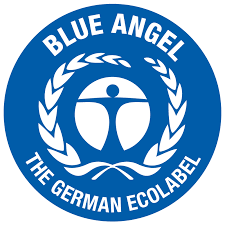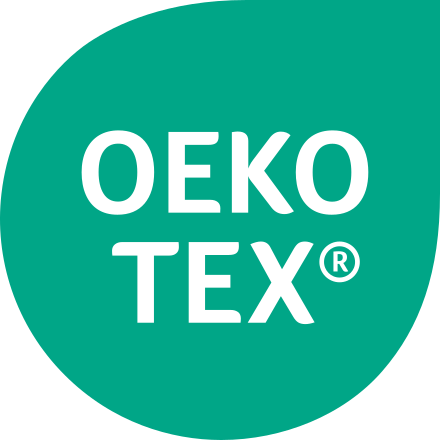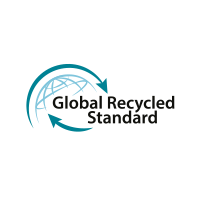What is an Eco label?
|
In a world with such an abundance of possibilities, it can sometimes be difficult to make the most environmentally friendly choices as a consumer.
Eco labels and green certification helps identify sustainable choices for both materials and finished products, and is sometimes mandatory in high-impact industries. However, with so many labels and stickers containing words like 'eco', 'green', environmentally friendly' and 'sustainable', eco labels can sometimes be confusing. And with a lot of companies trying to come across a little more 'green' than they actually are, green 'certification' can be used to greenwash a brand. During the research to create our Future Proof Material library, we came across many different labels and certifications, and dove into their significance. We came across the Ecolabel index, amongst others, currently tracking 455 (!) ecolabels around the world. <Check them out in alphabetical order here> In this article we focused on the labels that apply to products and materials, and certifications that we think are the most straightforward and significant. Do you have anything to add? Have a label we forgot to mention? Please let us know and we will be happy to update this page whenever we come across new information! |
First things first: the ISO of ECO
|
ISO (International Organization for Standardization) is a global organization that develops and publishes international standards for a wide range of industries and products.
ISO standards are particularly relevant in the field of eco labeling, and ISO has developed a number of standards related to that topic. |
ISO 14020 is a series of standards that provides general principles and guidelines for the development and implementation of eco labeling programs.
ISO 14024 is a standard that provides specific guidelines for the development of Type I eco labels, which are third-party verified labels that indicate a product or service meets certain environmental criteria. |
In addition to these standards, ISO also publishes a number of other standards related to eco labeling, including ISO 14021 (covers self-declared environmental claims), ISO 14025 (covers type III environmental declarations), and ISO 21930 (guidelines for the use of eco labels in the construction industry).
|
Overall, ISO standards are tremendously thorough and play an important role in ensuring the credibility and consistency of eco labeling programs.
That said, it is quite an elaborate deep-dive to go into this even further, but if you like: here's the ISO website with many an essay to download. |
Per topic
business |
product
|
Material |
1% for the planet
|
B-corp
|
Blue Angel / Blauer Engel
|
Bluesign
|
Cradle to Cradle
|
EU Ecolabel
|
EU Organic
|
Fairtrade
|
FSC®
|
Green Seal®
|
GOTS
|
LEED (Leadership in Energy and Environmental Design)
|
the Leaping bunny logo
|
Nordic Swan
|
OEKO-TEX®
|
Organic Content standard
|
PEFC™
|
PETA Approved - vegan
|
Recycled Claim Standard (RCS) & Global Recycled Standard (GRS)
|
Responsible Wool, Mohair, Alpaca & Down Standard
|
Rainforest Alliance
|


























